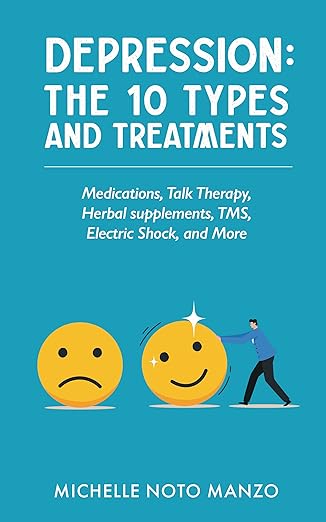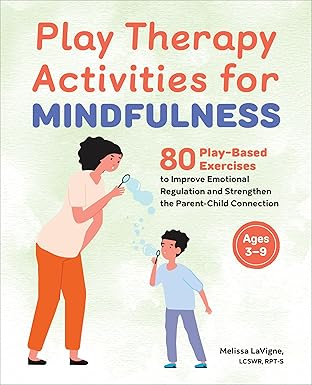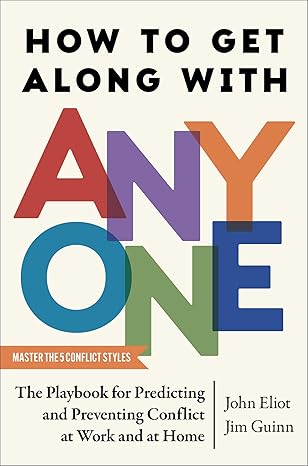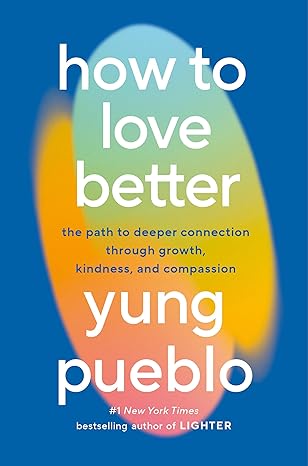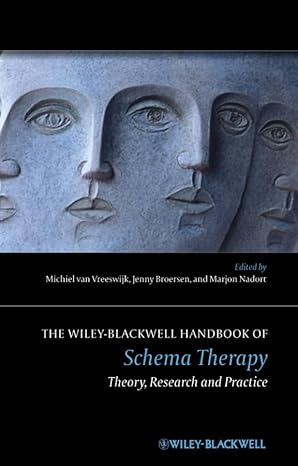The English philosopher Jeremy Bentham first defined the term 'mesology,' and its related 'social mesology,' as being the discipline concerned with the effects upon human beings as individuals or in society of meteorological conditions, food and drink, urbanization, sanitation, occupation, domesticity, religion, institutions, laws, and psychological factors. In Radiation and Health, originally published in 1964, William Valentine Mayneord takes this argument one step further by adding 'ionizing radiation' to this formidable catalogue.While many people argue that health is a definable and measurable quantity, characteristically expressing it in a negative way via mortality or morbidity statistics, Mayneord argues that the patterns of life throughout the world vary so greatly that no standard can be set for all people, or even for the same people at different times. Moreover, health status has to be looked at from a community, as well as from a personal, point of view, and social well-being may be regarded as a predisposing condition of individual health.In the search for quantitative criteria, many 'health indicators' have been classified into three groups: those associated with the health status of persons or populations in a given area, those related to physical environmental conditions having a more or less direct bearing on the health status of the population in an area, and those concerned with health-service activities directed to improvement of health conditions. While radiation has many negative effects, it also has positive ones, including curing diseases. Mayneord acknowledges the dangers of radiation, but believes they are manageable if handled responsibly. This classic volume, long unavailable, is much cited in contemporary research on the subject.
چکیده فارسی
جرمی بنتام فیلسوف انگلیسی ابتدا اصطلاح "مزولوژی" و "مزولوژی اجتماعی" مرتبط با آن را به عنوان رشته ای تعریف کرد که به تأثیرات شرایط هواشناسی، غذا و نوشیدنی، شهرنشینی بر انسان به عنوان افراد یا در جامعه مربوط می شود. بهداشت، شغل، خانواده، مذهب، نهادها، قوانین و عوامل روانی. در کتاب تشعشع و سلامت، که در ابتدا در سال 1964 منتشر شد، ویلیام ولنتاین مینورد با افزودن «تابش یونیزان» به این فهرست مهیب، این استدلال را یک گام جلوتر برد. در حالی که بسیاری از مردم استدلال میکنند که سلامت یک کمیت قابل تعریف و اندازهگیری است و مشخصاً آن را به شیوهای منفی بیان میکند. مینورد از طریق آمار مرگ و میر یا بیماریها استدلال میکند که الگوهای زندگی در سرتاسر جهان بهقدری متفاوت است که نمیتوان استانداردی را برای همه افراد یا حتی برای افراد مشابه در زمانهای مختلف تعیین کرد. علاوه بر این، وضعیت سلامت باید از یک جامعه مورد بررسی قرار گیرد، همچنین از دیدگاه شخصی، و رفاه اجتماعی ممکن است به عنوان یک شرایط مستعد کننده سلامت فردی در نظر گرفته شود. در جستجوی معیارهای کمی، بسیاری از "سلامتی" شاخصها به سه گروه طبقهبندی شدهاند: شاخصهای مرتبط با وضعیت سلامت افراد یا جمعیتها در یک منطقه خاص، شاخصهای مرتبط با شرایط فیزیکی محیطی که تأثیر کم و بیش مستقیمی بر وضعیت سلامت جمعیت در یک منطقه دارند و مرتبط با فعالیت های خدمات بهداشتی در جهت بهبود شرایط بهداشتی. در حالی که اشعه اثرات منفی زیادی دارد، اما اثرات مثبتی از جمله درمان بیماری ها نیز دارد. Mayneord خطرات تشعشعات را تصدیق می کند، اما معتقد است که اگر مسئولانه با آنها برخورد شود، قابل کنترل هستند. این جلد کلاسیک که مدتها در دسترس نبود، در تحقیقات معاصر در مورد این موضوع بسیار مورد استناد قرار گرفته است.
ادامه ...
بستن ...
Ebook details:
عنوان: Radiation and Health
نویسنده: Medicine & Health Science Books @ Amazon.com
ناشر: به صورت دستی قرار دهید
زبان: به صورت دستی قرار دهید
شابک: به صورت دستی قرار دهید, به صورت دستی قرار دهید
حجم: 4 Mb
فرمت: Original PDF
ادامه ...
بستن ...

